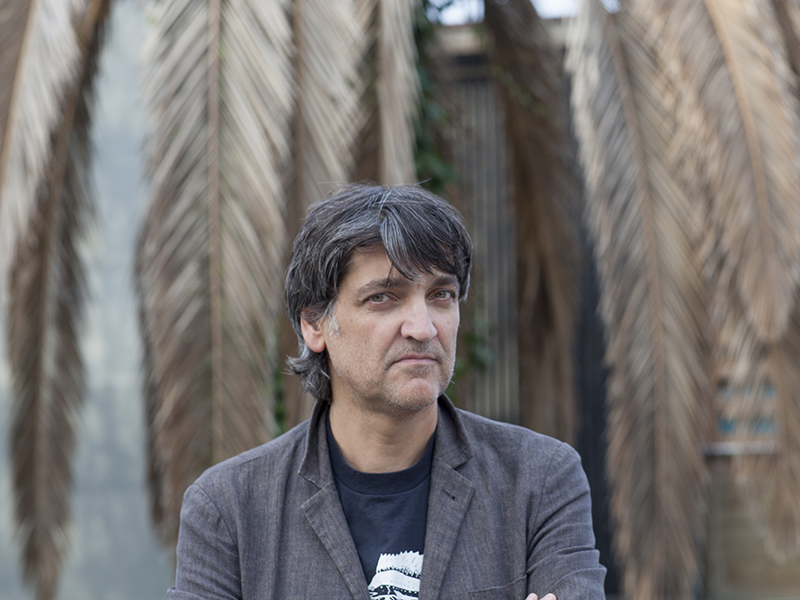
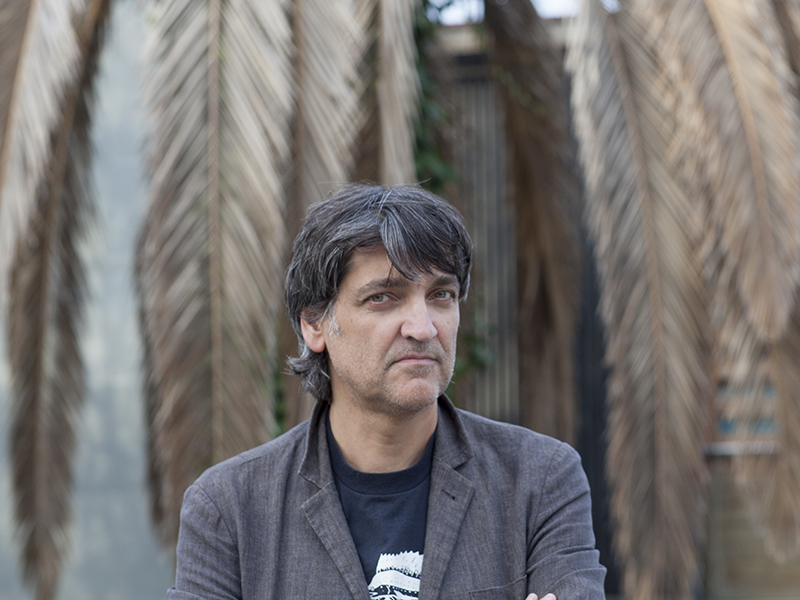
Food and art go together like cheese and wine, however designer Martí Guixé takes this relationship to a whole other level with work that questions how we consume food
For over a decade Martí Guixé has branded himself an “ex-designer”. It’s a sentiment that stems from early in his career, when he noticed that most other designers were entirely focused on mass-producing different types of chairs and tables. The conformity found throughout modern design helped pique Guixé’s curiosity and led him to work, unconventionally, with what he calls “edible objects” – food, to you and me.
This isn’t the Michelin-starred food wizardry that you might expect when hearing “food” and “design” mentioned in the same sentence. Guixé isn’t concerned with gastronomy, or even cooking, at all. Rather, his work explores why classic design principles – functionality, longevity, sustainability and so on – have not yet reached the conservative world of consumables.
Factors that make a “good” product in other areas do not get much consideration in the food industry. Big producers are led by profit, says Guixé, and that can leave aspects such as health out of the picture. “You cannot put a chair into the market which, after three years, gives you a problem with your body because it’s not ergonomic,” he explains. “For every good designer it makes sense that, if you sit, you get no problems. For food, you should not put something that is completely bad for the body onto the market.”
Guíxé is responsible for forward-thinking concepts that challenge preconceptions of what we should be prepared to swallow, whether that’s in terms of utility, function or aesthetics. The stated purpose of his work, in his own words, is to push boundaries. His Embedded Drinks project, for example, saw him make cakes that were designed to maximise the sensory potential of different alcohols.
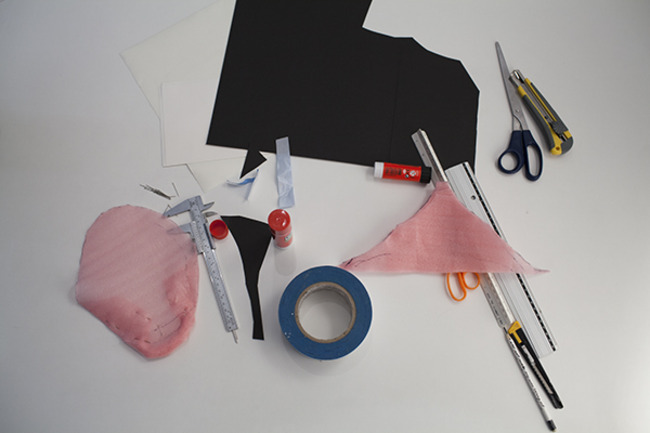
I’m not sure if the food industry will be able to do really good food design, but a kind of micro industry is starting Each was soaked in a spirit, such as mezcal or vodka, and served alongside the corresponding spirit. “These cakes are not recreational cakes but technical cakes,” he asserts. “The ingredients potentiate flavours from the alcohols, and just the act of pouring the drink in a cake makes the alcohol evaporate, then you can taste the drink much better.”
Will Guíxé’s experimental ideas ever be reflected in conventional food production approaches? “It’s difficult to say,” he says. “I’m not sure if the food industry will be able to do really good food design, but a kind of micro industry is starting – a much more contemporary one – where small companies will be able to implement food design in their products.” Guíxé believes this micro industry may be the arena where “good” edible objects will eventually be developed. “I am optimistic!” he says.
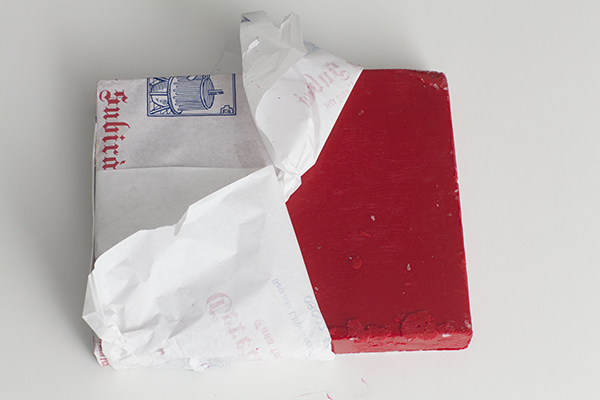
Pen and paper
Many of Guíxé’s ideas originate on pen and paper; some brands, such as Camper, have commissioned him for the expertise of his notepad illustrations. Ideas, he says, require “only my knowledge, my brain and the pen and the paper.”
3D printer
Before the advent of 3D printing, Guíxé had to approach model-makers for each prototype. 3D printers have changed that. “Now it’s so easy to print that you print again and again, make modifications, print and end up with 10 things.”
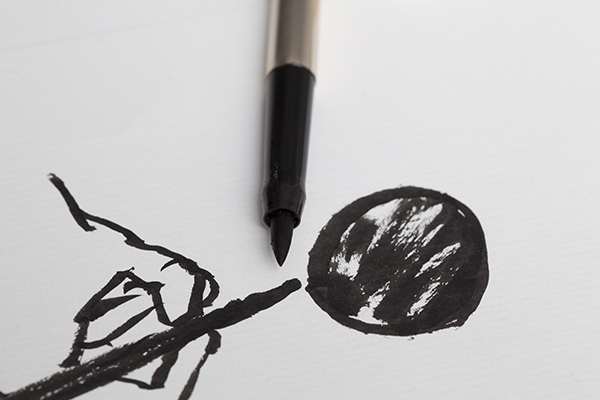
Wax mould
Jagged or cube-based structures are all well and good, but to capture more organic shapes, Guíxé works with a wax mould. “For figurative things, I use the wax mould and get the item cast in bronze.”
Wacom tablet
“When I got this tablet my style changed again, because it’s a completely different way of drawing – you are much more defined. All these different things create your graphic style – or make you change it.”
Formula
Mixing the mathematical with the fantastical, each object starts with an algebraic idea. “A formula is at the beginning of my work – it is a very artistic approach to the design process.”
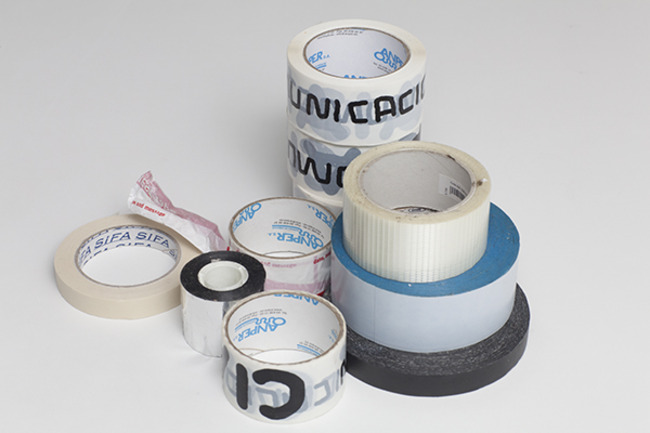
Paper, scissors and glue
Sometimes using a 3D printer is too fiddly, especially for early ideas and models. In these situations basic stationery items will suffice. “I use them for work models, to create a type of dimensional product.”
Tape
The humble roll of tape is both tool and product for Guíxé. “If you have a paper model you use tape because you have to be fast – and I also use tape as a product because I have created different tapes myself, so it is also a designed object to me.”
Coffee
The need for java juice both fuels and reflects Guíxé’s work. “This is a reference to food design. It’s not that I drink coffee because I like it, I drink coffee because I need caffeine. It’s much more complex than the gastronomic element.”
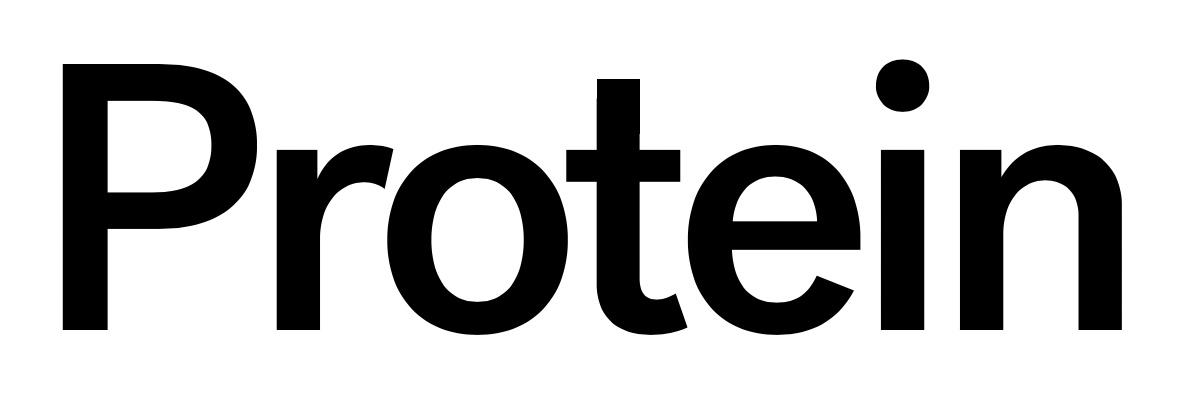
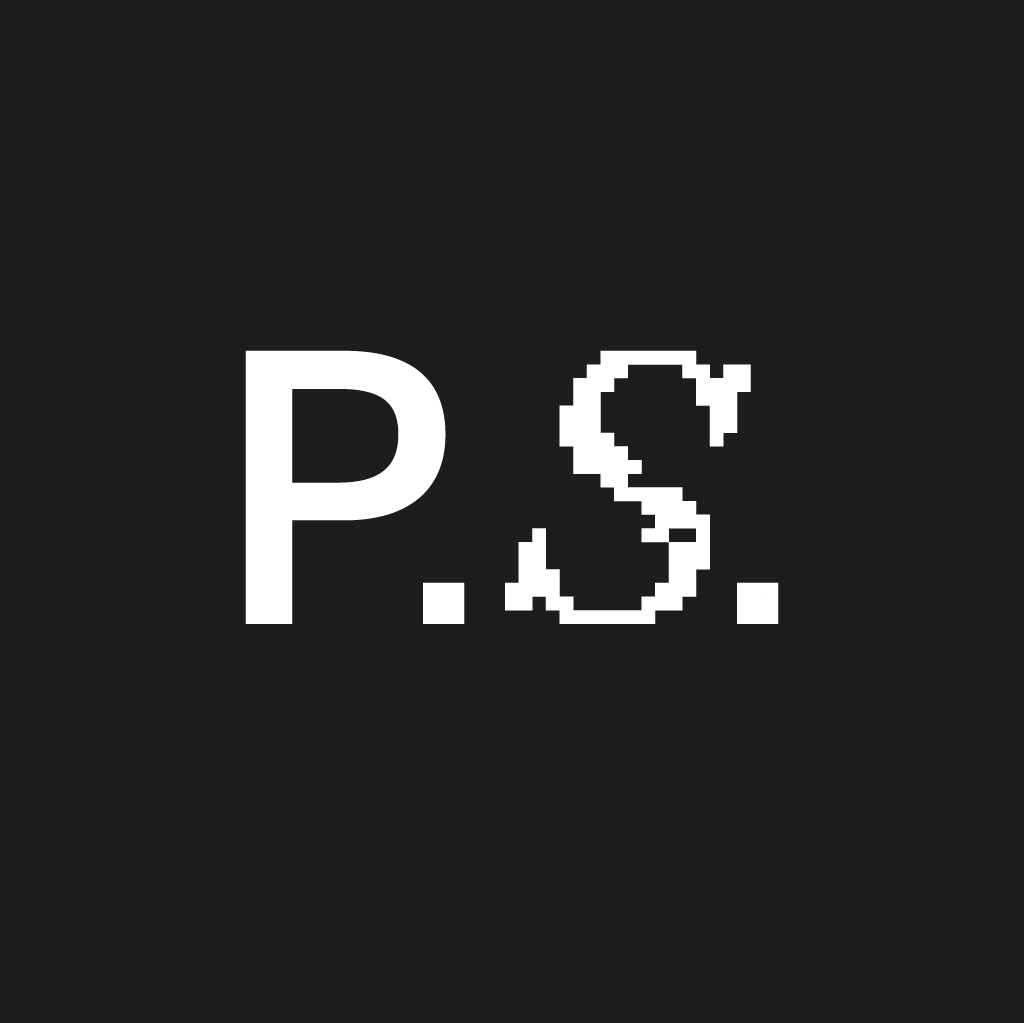
Discussion